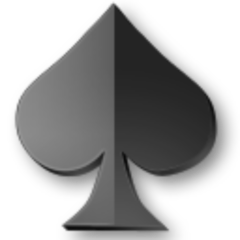A domino is a tile with one or more dots (also known as “pips”) that are inlaid or painted to show the value of each side of the tile. Each domino has a different number of pips, and some tiles even have a blank or zero face. Dominoes are normally twice as long as they are wide and arranged in sets of 28, with the two ends facing in opposite directions. Dominoes can be made from many materials, including silver lip ocean pearl oyster shell (mother of pearl), ivory or a dark hardwood such as ebony.
Dominoes are used in a variety of games, both simple and complex. Some popular examples are blocking games, where the goal is to create a line of dominoes that completely blocks an opposing player from making a move, and scoring games. In the latter, each domino is added to a scoreboard and points are awarded for every completed row, column or square of dominoes. A game can last for hours or even days, and is enjoyed by children of all ages.
The joy of watching a carefully built line of dominoes fall with just the nudge of one is mesmerizing. In fact, many people enjoy building dominoes in their free time and some even compete in domino shows where the builders attempt to set up elaborate and imaginative domino effects or reactions before a live audience of fans.
In business, the concept of domino can be a useful tool for creating organizational structures that support success. For example, when a company has many tasks, it is important to identify the most impactful dominoes and ensure that they are taken care of first. By doing this, the company can focus on moving forward rather than getting bogged down by a long list of small tasks that are less vital to the overall goals.
Another important aspect of a successful organization is the ability to listen to employees and customers. This allows the company to address problems and concerns as they arise, and make changes to improve operations. A good example of this is Domino’s Pizza, which listened to customer feedback and implemented several new policies that improved the dining experience for the company’s customers.
When writing fiction, the idea of domino is also a helpful tool for guiding plot development. Whether you write by hand, using an outline or with the help of software like Scrivener, writing a novel involves laying out scenes that build tension. Often, this means creating obstacles that are meant to knock over your heroine or protagonist and then giving them the opportunity to overcome those challenges in a way that raises the stakes. If a scene fails to achieve this effect, it may be time to rethink the plan. Taking the time to consider how scenes can impact each other—like a well-crafted domino chain—can improve your chances of crafting a winning novel. The bestselling authors you admire have likely honed this skill over the course of their careers.
